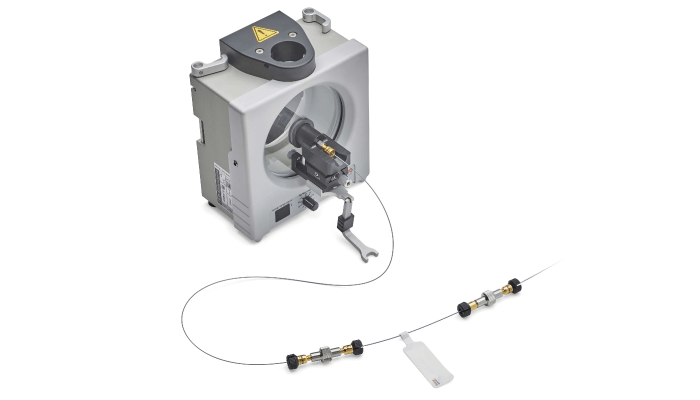
- Thermo Scientific has launched its new Orbitrap Exploris GC-MS, which will reduce turnaround times for analytical labs while enabling accurate quantification of trace components for both targeted and non-targeted applications in a single full-scan system. The new system is the latest addition to the Thermo Scientific Orbitrap Exploris portfolio (1).
- Thanks to the recent addition of Bruker’s 1.2 GHz Avance NMR spectrometer, the Juelich Center for Structural Biology in Germany has already made great strides in the name of translational research for age-related neurodegenerative diseases. The hope is that the new system will help uncover high-level structural details about increasingly complex samples (2).
- Numares AG – an NMR diagnostics company – has announced the 510(k) submission of its AXINON IVD system to the FDA. This could potentially be the first AI-driven clinical laboratory system that uses NMR for metabolomics-based diagnostics (3).
- Waters has announced a new peptide multi-attribute method (MAM) workflow to complement their BioAccord LC-MS. The method should enable researchers to accurately assess vital product quality attributes for innovator drugs, biosimilars, and biologics (4).
- ACS Laboratory – the largest hemp and cannabis testing facility in the eastern US – has released its new “Potency 12” UHPLC test to identify the elusive Delta-8 and Delta-10 THC extracts. This makes ACS one of the few DEA-licensed labs in the US able to do so (5).
References
- Thermo Fisher (2021). Available at: https://bit.ly/3rAPMaj
- Business Wire (2021). Available at: https://bwnews.pr/3u7lu0e
- Numares (2021). Available at: https://bit.ly/39rUiS0
- Business Wire (2021). Available at: https://bwnews.pr/3sC1xhY
- PRNewsWire (2021). Available at: https://prn.to/3rzV6dV




